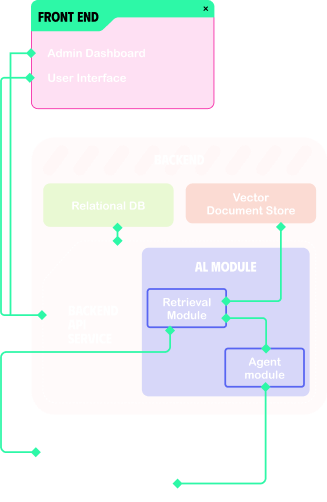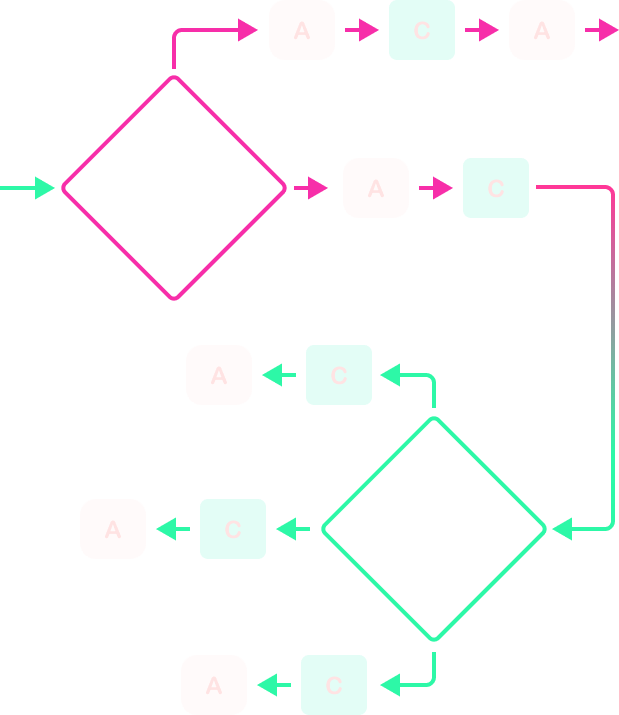User-Friendly Interface for Easy AI Bot Creation and Management, Even for Non-Technical Users
Most existing Autonomous AI Agents frameworks are designed for technical users, requiring setup and some programming knowledge to get bots running. Our solution eliminates this barrier by offering an intuitive UI that enables anyone, regardless of technical expertise, to effortlessly create and manage advanced bots.







